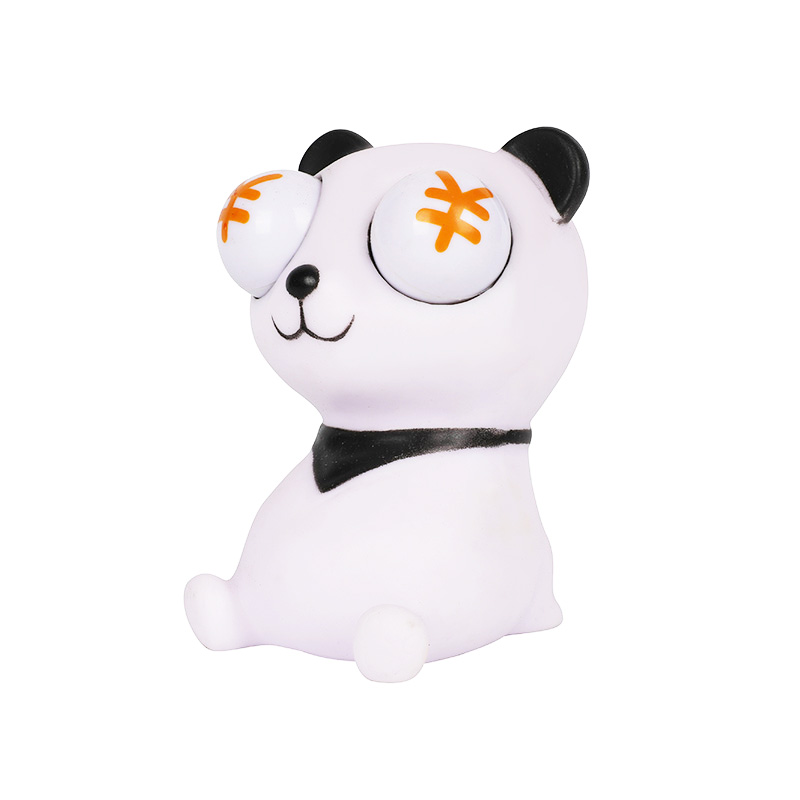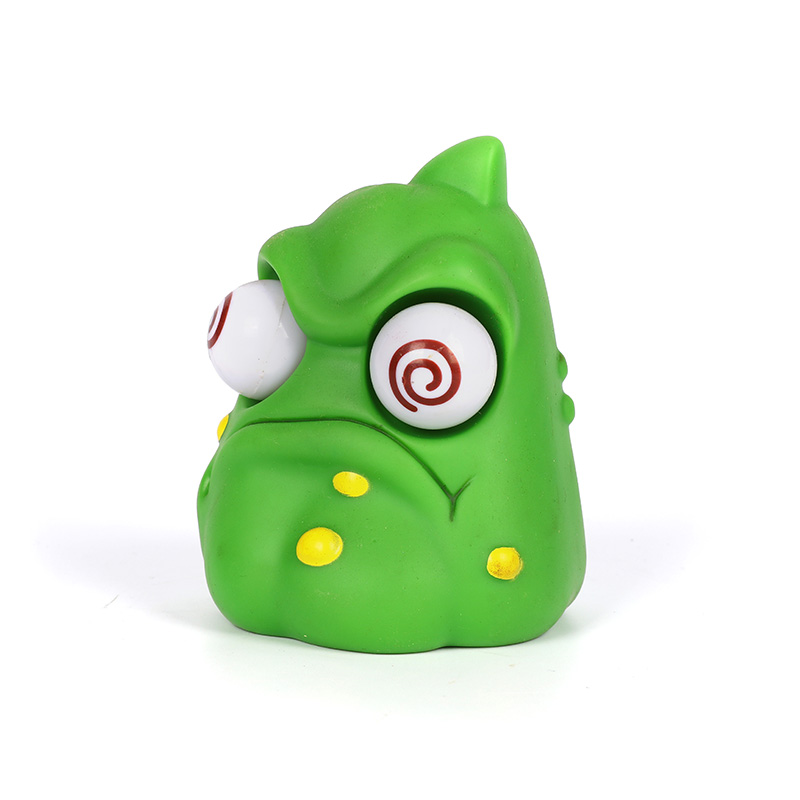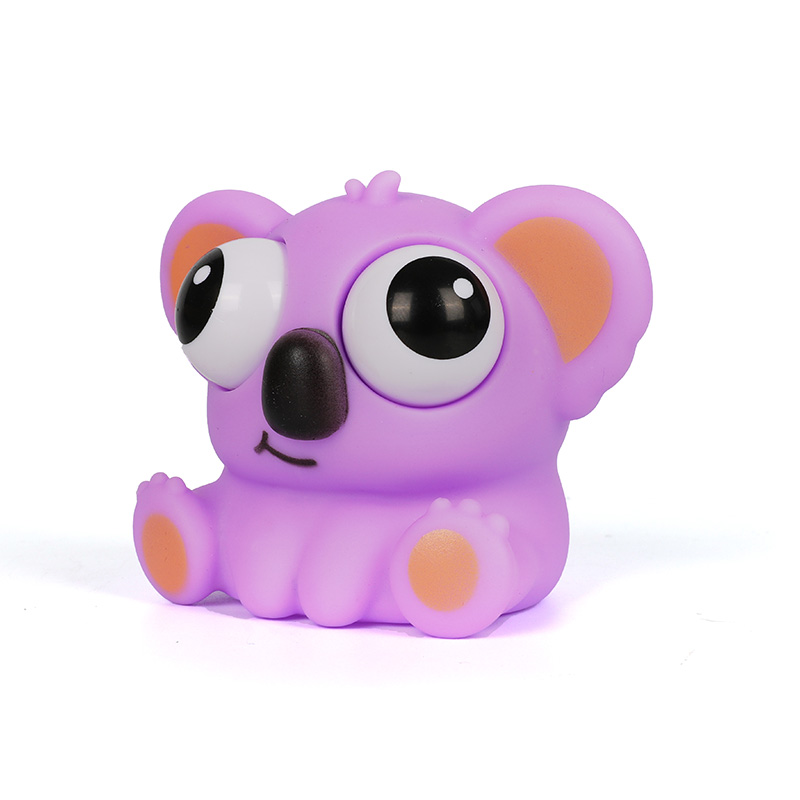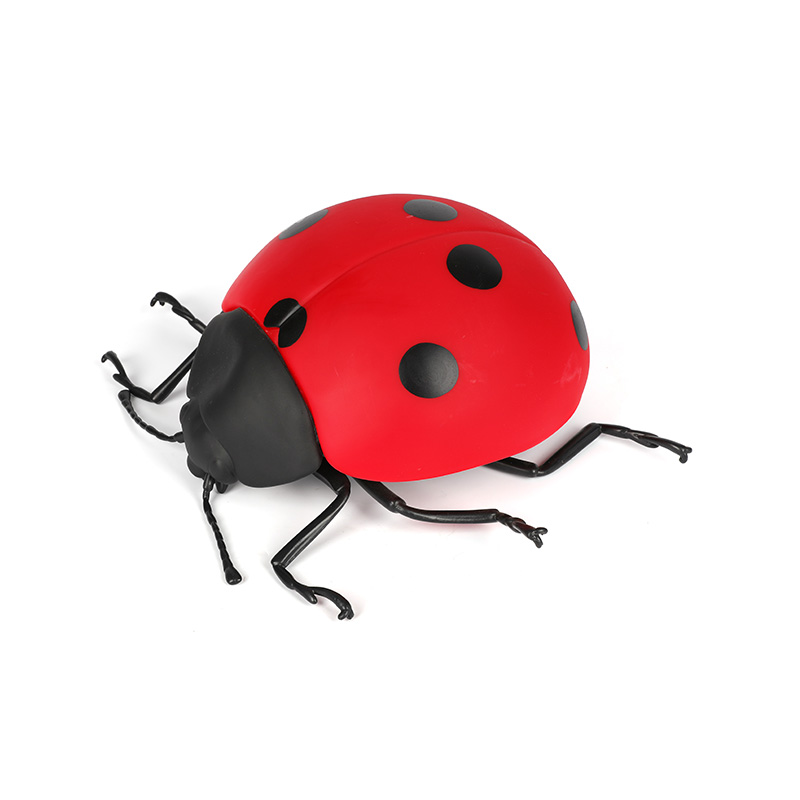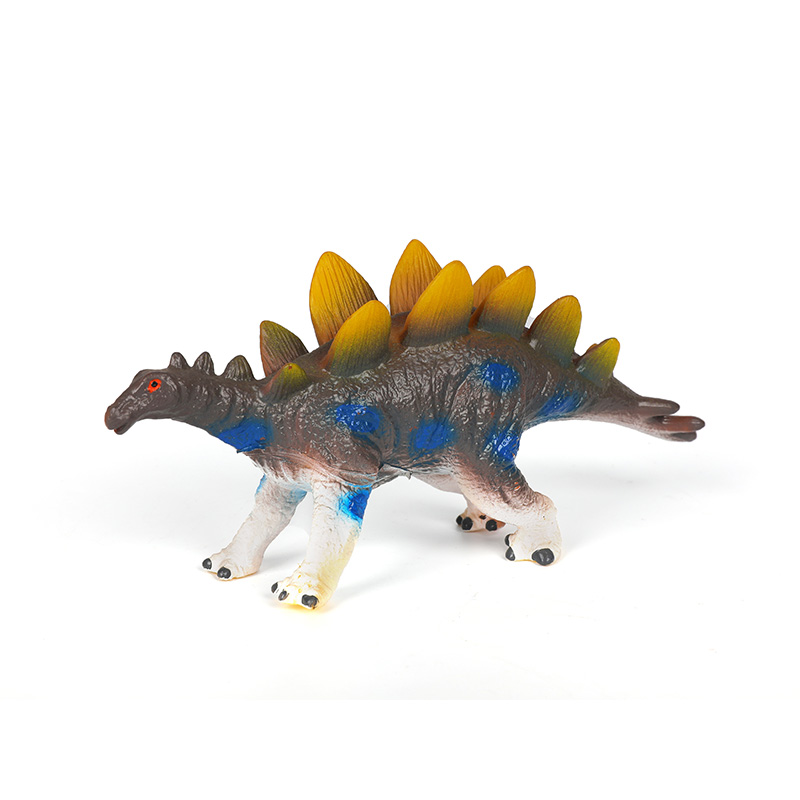- Type:
- Industry News
- Date
- 2024-Aug-16
Exploring Scientific Educational Toys: The Case Of Small Yellow Rubber Ducks
Educational toys are designed to foster learning through play, combining entertainment with educational value. These toys help children develop cognitive, physical, and social skills. The primary goal is to make learning engaging and enjoyable, encouraging curiosity and exploration. Scientific educational toys, in particular, focus on introducing fundamental concepts of science in an accessible and enjoyable manner.
2. The Role of Small Yellow Rubber Ducks
Small yellow rubber ducks, often associated with bath time, might seem like simple toys. However, they possess educational value that can be harnessed to teach scientific principles. Their primary appeal lies in their ability to engage children in interactive and hands-on learning experiences.
3. Teaching Buoyancy and Density
One of the fundamental scientific principles that small yellow rubber ducks can help illustrate is buoyancy. Buoyancy is the force that allows objects to float in a liquid. By placing these rubber ducks in a water-filled container, children can observe how they float and why they stay afloat. This hands-on experience provides a practical demonstration of Archimedes' principle, making the concept of buoyancy more tangible.
Children can experiment with objects of different weights and sizes to understand how buoyancy changes. This experimentation helps them grasp the concept of density—the mass of an object relative to its volume. Such interactive learning experiences are invaluable in helping young learners understand abstract scientific concepts.
4. Exploring Color and Light
Small yellow rubber ducks also offer opportunities to explore concepts related to color and light. When children play with these ducks in different lighting conditions, they can observe how colors appear under various types of light. This exploration can be expanded to include discussions on color mixing and the properties of light.
Educational toys like these can help children understand how light interacts with objects and how different colors are perceived. By engaging in activities involving rubber ducks and light, children gain a basic understanding of optics and color theory, laying the groundwork for more advanced scientific learning.
5. Promoting Fine Motor Skills and Spatial Awareness
In addition to their scientific educational value, small yellow rubber ducks also contribute to the development of fine motor skills and spatial awareness. As children handle the ducks, they engage in activities that require precise movements, such as picking up, placing, and arranging the ducks in different ways.
These activities help children refine their hand-eye coordination and spatial reasoning abilities. For instance, arranging ducks in a particular pattern or guiding them through obstacles can enhance their problem-solving skills and understanding of spatial relationships.
6. Encouraging Scientific Inquiry and Experimentation
Scientific inquiry is a critical component of science education. Small yellow rubber ducks can stimulate curiosity and encourage children to ask questions and seek answers through experimentation. For example, children might wonder why some objects float while others sink or how different objects affect the buoyancy of the rubber ducks.
Encouraging children to formulate hypotheses, conduct experiments, and analyze results fosters a scientific mindset. Rubber ducks, with their simple yet versatile design, provide a starting point for exploring a range of scientific questions and concepts. This hands-on approach to learning helps children develop critical thinking skills and an understanding of the scientific method.
7. Integrating Rubber Ducks into Broader Educational Activities
Small yellow rubber ducks can be integrated into broader educational activities to enhance their scientific educational value. For example, they can be used in themed lessons about water and the environment, where children learn about ecosystems, water conservation, and the role of animals in aquatic habitats.
Incorporating rubber ducks into storytelling or role-playing scenarios can also enhance their educational impact. Children might create narratives involving the ducks' adventures, incorporating scientific concepts such as water cycles, weather patterns, or animal behavior. These activities provide context for scientific learning and make the concepts more relatable and memorable.
Small yellow rubber ducks, while seemingly simple, offer significant educational value when used as scientific educational toys. Through hands-on exploration of concepts like buoyancy, density, color, light, and spatial awareness, these toys contribute to a child's understanding of fundamental scientific principles. By encouraging scientific inquiry and experimentation, rubber ducks serve as effective tools for engaging young learners and fostering their curiosity about the natural world. As educational toys continue to evolve, the integration of simple objects like rubber ducks into science education highlights the potential of everyday items to support meaningful learning experiences.


 English
English
 English
English русский
русский Español
Español